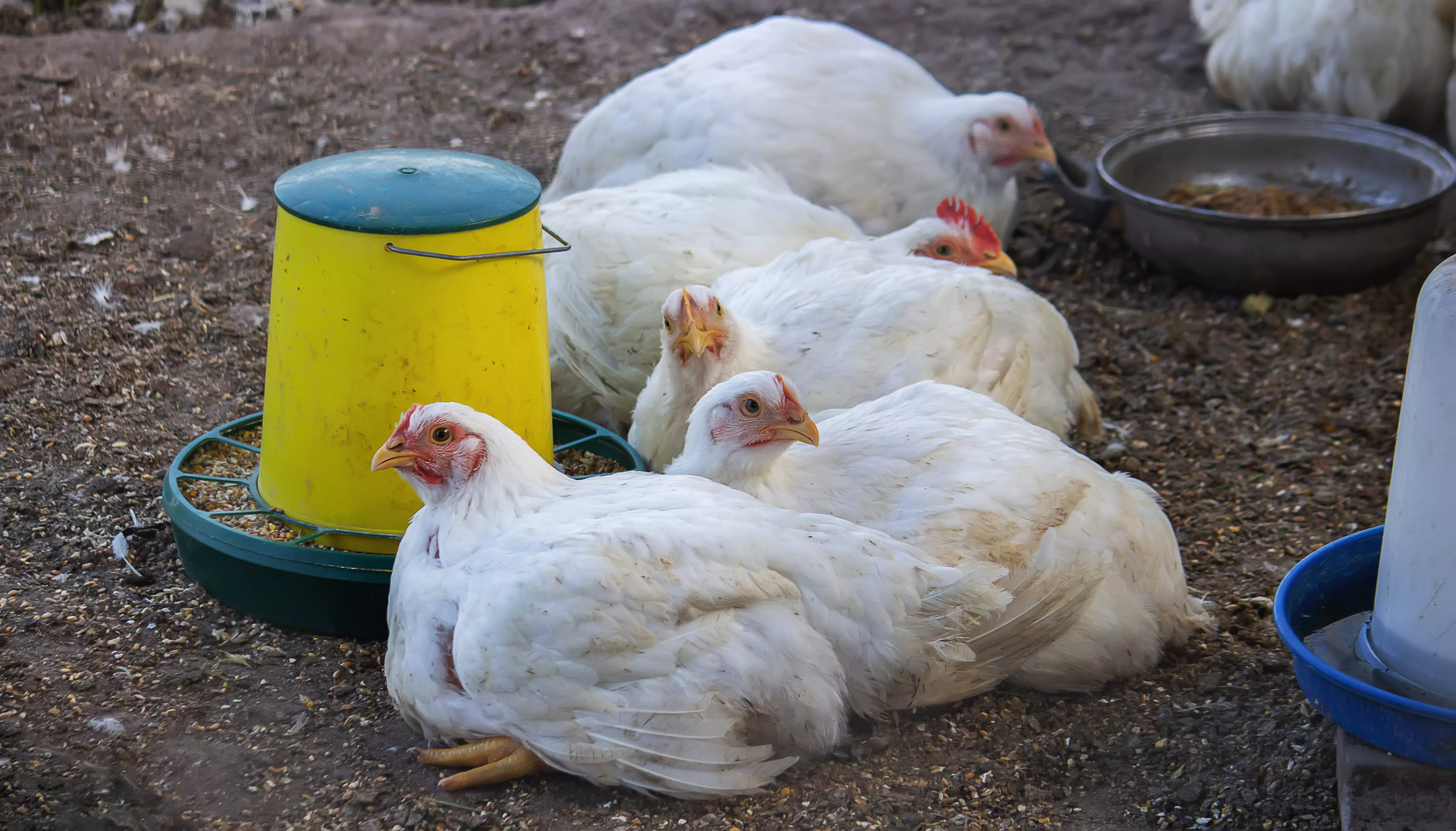Bird flu and the impact on poultry producers' strategic planning
Avian flu and the impact on poultry producers' strategic planning
The surprising events associated with bird flu outbreaks on various continents have had a huge impact on the poultry industry. It has certainly been difficult for poultry producers to anticipate the magnitude of these events and the effects they may have on their business. In this article, we take a closer look at these risks and discuss what poultry producers can do to ensure sustainable strategic planning.
The return of bird flu a global challenge for poultry producers
The topic of bird flu has returned to the global media with redoubled force. The detection of the first cases of the disease in poultry on various continents has caused widespread panic and uncertainty among poultry producers. The main reason for this is that bird flu is highly contagious and can lead to large losses in poultry production. In the event of an outbreak, immediate intervention and countermeasures are needed to stop further spread of the virus.
Bird flu not just a health problem
Although bird flu is mainly a health problem for poultry, its huge impact on the economy and poultry market should not be overlooked. In the event of an outbreak of bird flu in a region, many countries may impose restrictions on poultry imports and exports, leading to disruptions in global poultry trade. This, in turn, could have serious consequences for poultry producers, who depend on exporting their products to keep their business profitable.
What actions can poultry producers take?
Faced with the threat of avian influenza, poultry producers must take appropriate steps to minimize the risk of the disease on their farms. Here are some actions that may prove effective:
1. Stepping up sanitation and hygiene inspections: Regular cleaning and disinfection of the premises where the birds are housed can help reduce the risk of infection. It is also necessary to monitor the health of birds and immediately isolate and treat those that show signs of disease.
2. Introduce preventive measures: Poultry producers are advised to use vaccinations and to control animal movement and limit contact with wild birds. It is also important to protect poultry farms from wild birds.
3. Diversification of markets: To minimize the risk of losing markets in the event of export restrictions, poultry producers should develop a greater diversity of markets. It is important to seek new distribution channels and establish contacts with local buyers.
4. Invest in research and development: Poultry producers are advised to invest in research and development to develop new methods to prevent and control avian influenza. It is also important to monitor global trends and react quickly to any changes in the detection and control of the virus.
Summary
Avian influenza is a huge challenge for poultry producers around the world. Increased awareness and appropriate preventive measures are key to maintaining sustainable strategic planning in the poultry industry. The industry must work together, collaborating and sharing information to best understand and combat this threat. Only in this way will poultry producers be ready for the future challenges of avian influenza and maintain the stability of their business.